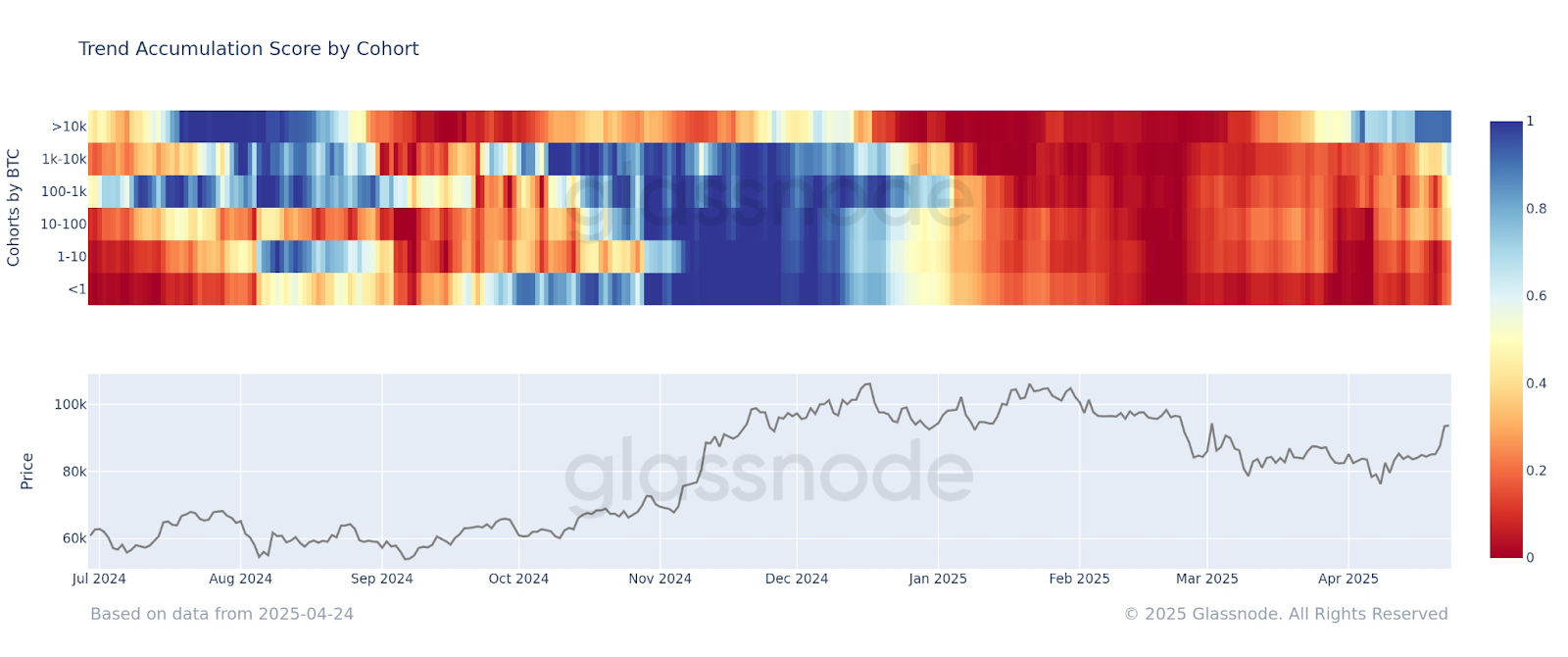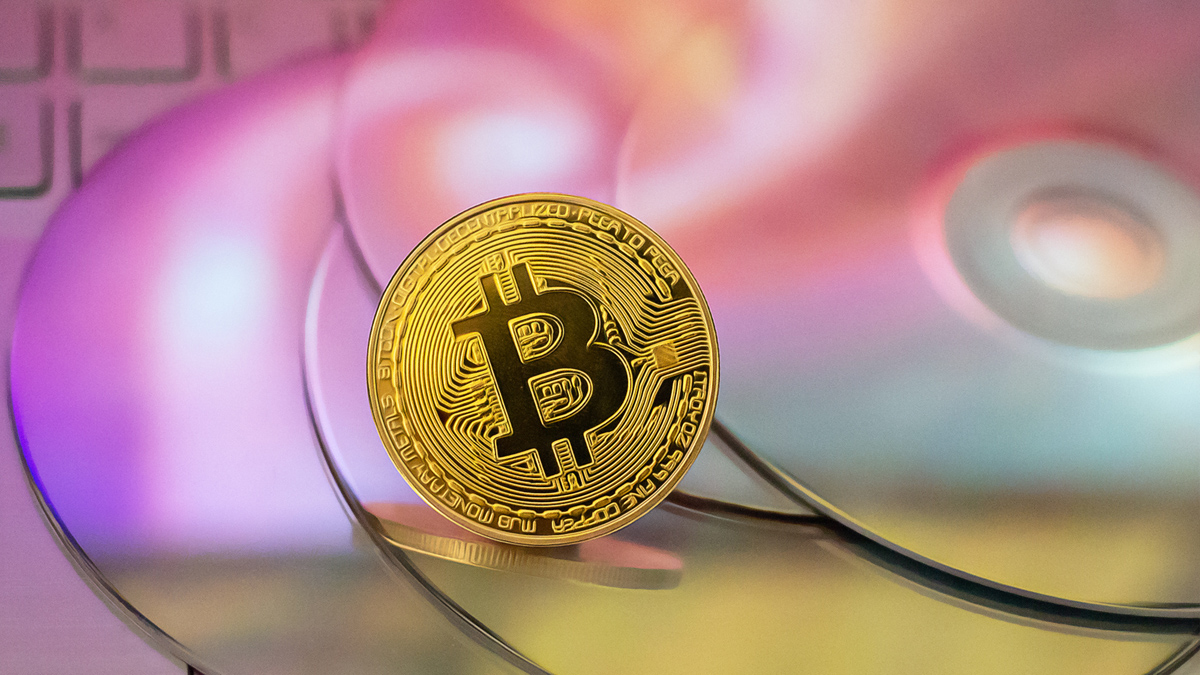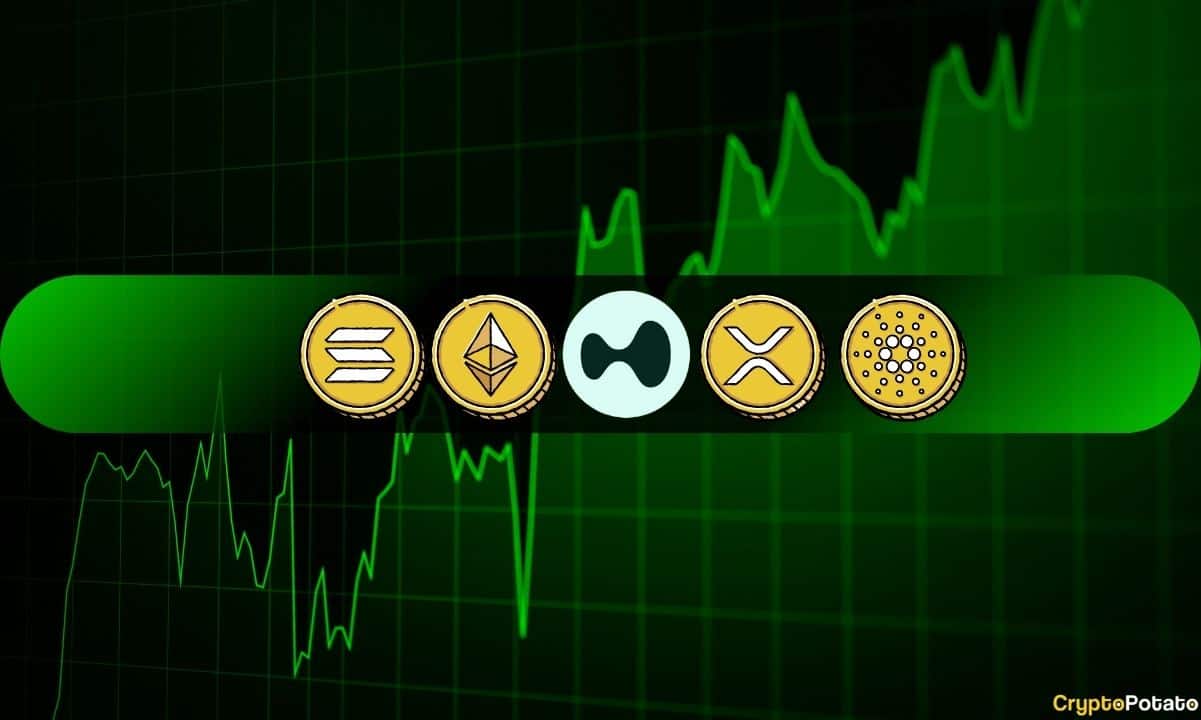
Bitcoin whales—those holding over 10,000 BTC—have remade themselves as dominant market players, returning to deliver a powerful show of confidence in a resurgent crypto rally. Blockchain analytics indicate that these large holders are now in nearly flawless accumulation mode, with a score that hovers around 0.9. This metric suggests they are actively adding to their positions and not engaging in distribution, a historically bullish signal associated with a move in Bitcoin’s price to the upside. Just behind the whales are wallets containing between 1,000 and 10,000 BTC that also show strong accumulation behavior with a reading around 0.7. Even the next tier down, mid-sized wallets—those holding between 100 and 1,000 BTC—are now predominantly in accumulation mode, posting a score of around 0.5. All together, these trends indicate that accumulation is a broad-based phenomenon across several tiers of Bitcoin investors. #Bitcoin Whales are back in full force: Holders of >10K $BTC are showing near-perfect accumulation (~0.9) 1K–10K $BTC wallets follow closely (~0.7) 100–1K $BTC are also pivoting to accumulation (~0.5). So far, large players have been buying into this rally. pic.twitter.com/foKkBmMwOX — glassnode (@glassnode) April 24, 2025 Fewer Coins on Exchanges Signals Reduced Selling Pressure The positive outlook is further reinforced by a large drop in the number of addresses sending Bitcoin to exchanges. This is a critical metric because it often correlates with investors’ intent to sell or trade their holdings. As of April 2025, the 30-day moving average of depositing addresses has fallen to just 52,000. By contrast, the 365-day average is 71,000, and we can’t emphasize enough how sharp this drop is when looking at the 10-year average distribution peak of approximately 92,000 . The number of addresses depositing bitcoins to exchanges has been steadily declining since 2022: the 30-day moving average has now dropped to 52K addresses compared to the 365-day level of 71K. Meanwhile, over the past 10 years, the most common distribution was around 92K… pic.twitter.com/sBAKWS9Jlb — Axel Adler Jr (@AxelAdlerJr) April 24, 2025 The most recent time the quantity of depositing addresses was this low was back in December 2016—right prior to the legendary 2017 bull run that soared Bitcoin to then-all-time-high figures. This present downturn suggests a not-yet-extinguished investor cohort with a long-term mindset; they appear, in recent trend, to be hoarding their assets much more than selling them off, as even short-term trades seem to be staying in the hands of the Bitcoin mainstay. This, then, paints a picture of Bitcoin as potentially more resilient in the face of economic headwinds. This carries significant implications for monetary policy. The Federal Reserve has a limited number of tools to employ when it comes to stimulating the economy or cooling it down. One of the most important is interest rates. When the Fed raises or lowers the federal funds rate, it sets off a chain reaction throughout the economy—the rates that various banks charge their customers go up or down, as does the price of money in general. At these moments, the fed funds rate is effectively the price tag on monetary policy. Institutional Interest Surges Through Spot ETFs What is making Bitcoin such a sure thing these days? For one, it’s back in favor among the deep-pocketed pros. Last week, during a stretch that saw Bitcoin price gains, we learned that several Wall Street houses had been buying actual Bitcoin, not just Bitcoin derivatives. Moreover, they had been doing this well before the last price pop. What is especially significant about the constant inflows into spot ETFs is that they involve real Bitcoins actually being bought on behalf of the investors. In contrast, products based on futures merely follow the price changes. The purchase of actual Bitcoins by spot ETF trustees affects the supply-demand situation in the market, and in my opinion, it affects that situation in only one way: for the price of Bitcoin to go higher. On April 23 (ET), spot Bitcoin ETFs recorded a total net inflow of $917 million, marking four consecutive days of net inflows. In contrast, spot Ethereum ETFs saw a total net outflow of $23.88 million, with only the Grayscale ETF (ETH) registering a net inflow.… — Wu Blockchain (@WuBlockchain) April 24, 2025 The trustees of these ETFs, after all, must put the Bitcoins into storage that is secure enough to satisfy institutional investors, and that means custodial storage. When a product that is this secure and this legit holds an asset, what right does the price have to fall? Over the past few months, the picture of Bitcoin seems to be brightening, and the old skepticism is now giving way to something akin to strategic accumulation. Here are the macro conditions that have us thinking this way: inflation isn’t going anywhere; indeed, some of the latest data have us characterizing the episode as “stagflation lite.” Accumulation is evidenced by clear on-chain signals, an exchanges deposit balance that is at a multi-year low, and institutional interest in the form of surging ETFs. Together, these factors indicate that Bitcoin could very well be in the early stages of another significant market phase—one that, according to history, has often led to a major bull cycle. The present trends provide another reminder of how markets can be influenced by external factors. But the appearance of powerful oligo- and monopolies in our recent history suggests that we should also pay attention to what these powerful players are doing exogenously. And the news here is that they are buying, even as they appear to be front-running a regulatory and/or enforcement response to the problems they have created. Disclosure: This is not trading or investment advice. Always do your research before buying any cryptocurrency or investing in any services. Follow us on Twitter @nulltxnews to stay updated with the latest Crypto, NFT, AI, Cybersecurity, Distributed Computing, and Metaverse news !
NullTx
You can visit the page to read the article.
Source: NullTx
Disclaimer: The opinion expressed here is not investment advice – it is provided for informational purposes only. It does not necessarily reflect the opinion of BitMaden. Every investment and all trading involves risk, so you should always perform your own research prior to making decisions. We do not recommend investing money you cannot afford to lose.
Ark Invest Raises Bitcoin Price Prediction to $2.4 Million for 2030: Analyzing the New Bull Market Forecast

COINOTAG News reported on April 25th that Ark Invest, led by Cathie Wood, has revised its bullish price forecast for Bitcoin from $1.5 million to an ambitious $2.4 million for NullTx

ZKsync Hacker Returns Stolen $5 Million Tokens, Receives Bounty in Return
The hacker, who exploited the Ethereum-based ZKsync blockchain for $5 million, has returned the funds as part of a bounty deal. Under the terms of the agreement, they were required to return the stolen funds within 72 hours and would not be pursued as hackers, but instead would be rewarded as bounty hunters. The ZKsync team said they were happy to announce that the hacker had cooperated and returned the funds within the allotted time frame. ZKsync was able to recover, through their negotiation efforts, 44.6 million ZK tokens and 1,800 ETH tokens. The ZKsync Security Council is responsible for the recovered tokens. ZKsync, not long after the hack, offered the hacker a 10% bounty if 90% of the funds were returned within 72 hours. The hacker was warned that if the tokens were not returned, the incident would be escalated to law enforcement and would become a criminal investigation. The ZKsync price plunged after the incident but recovered not long after. The hacker cooperated with ZKsync, sending around $2.47 million worth of ZKsync and $1.83 million worth of Ethereum. Another $1.4 million of Ethereum was sent to the ZKsync Security Council wallet. The hacker sent the funds within 10 minutes of each other. The funds were sent within the 72-hour deadline set by ZKsync. Ethereum and ZKSync have risen in price since the attack, meaning that the recovered amount now exceeds the original funds. Ethereum increased by around 9%, while ZKsync rose by 17%. ZKsync may still go up further, given the good news. ZKsync had already planned to write a report on the incident, and now has a lot more to write about. The original hack occurred when the hacker took control of an admin wallet and stole $5 million worth of ZKsync tokens. The funds were meant for an airdrop. The attacker used the sweepUnclaimed() method to claim all remaining tokens in the airdrop wallet, releasing 111 million tokens. The development team at ZKsync announced what had happened and assured users that no other parts of the ecosystem had been hacked. The hack may have been the result of a vulnerability in ZKsync’s zero-knowledge proof processes. The hacker, if this is the case, would have had some sophisticated methods to pull off the exploit. ZachXBT, a crypto analyst, said that the hack was indicative of wider problems in the crypto industry, which could only be resolved with government regulation. The first quarter of 2025 was the worst in cryptocurrency history, with over $1.6 billion in stolen funds. The majority of the hacks were with 2 centralized exchanges, including Bybit at $1.46 billion and Phemex at $69.1 million. There were 39 incidents in Q1 2025, which has spurred a lot of interest in crypto security. NullTx











